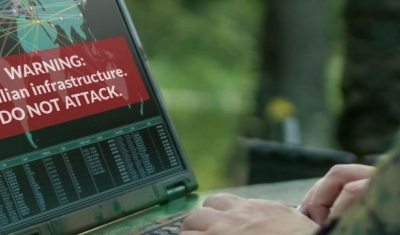Armed violence, in both conflict and non-conflict settings, takes a severe human toll. The use of different technologies of violence – guns, bombs, mines, rockets or incendiary projectiles, to mention but a few – is associated with distinct patterns of harm. To alleviate the suffering of war victims and protect civilians from harm, some weapons have been outlawed.
The use of certain other weapons has been restricted by international treaties. Yet, most weapons commonly used by police or military forces are not specifically regulated. In the absence of a weapons treaty, there is insufficient consensus concerning which weapons violate the customary international humanitarian law rules prohibiting the use of indiscriminate weapons or weapons of a nature to cause superfluous injury. And what international human rights law, including standards on the use of force, implies for the legality of particular weapons is, as yet, ill-understood.
A better understanding of the legal regulation of weapons under international law can contribute to a more faithful implementation of international legal obligations regarding weapons. It can also promote a more coherent approach to international weapons regulation, with a view to reducing the humanitarian impact of armed violence.
The Weapons Law Encyclopedia (WLE) is an online compilation of information, accessible to non-specialists, on weapon technologies, the humanitarian impacts of their use, and their regulation under public international law.
Last Update
The project was last updated in 2017 and is no longer online. To access the data, please contact This email address is being protected from spambots. You need JavaScript enabled to view it..
Research Team
This research project was carried out by Maya Brehm.



